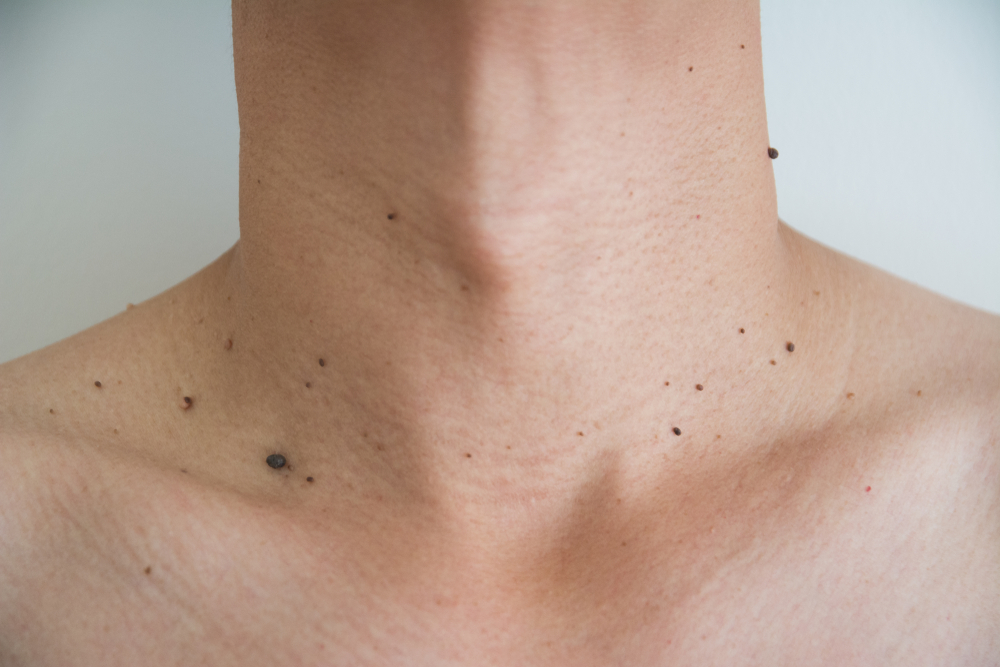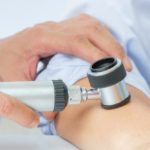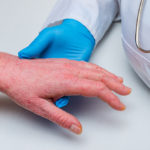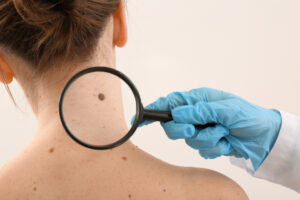
Nature’s beauty mark, also known as a mole, may not align with the look or healthy skin you’re after. If you’re not happy with the appearance of a mole, deal with constant skin sensitivity and irritation around the area, or have concerns about the potential for skin cancer, there are several safe and effective mole treatment procedures available. If you’re concerned about a mole for any reason, discussing your options with a dermatologist is the first step.
Seek a Licensed Dermatologist for Advice
There are several reasons that a mole removal may be recommended by a dermatologist. Only a licensed dermatologist can provide the proper assessment. If you have any questions or concerns about any moles on your body, our licensed dermatologist in Southampton can provide you with a better understanding and diagnosis.
Although many moles are not cancerous, there is a chance that moles can have abnormal features which can be potentially harmful. If a skin lesion is pigmented and shows unusual cells, your dermatologist will discuss the best treatment plan for you. If you have a family history of skin cancer or the appearance of any warning signs, an evaluation by a dermatologist is highly recommended.
Mole Examination & Treatment Options
Several tell-tale signs indicate if a mole has become a cause for concern. During an examination, your skin provider will consider many important skin health factors; personal history, family history, and visual skin inspection. If deemed necessary, a skin biopsy can be performed to determine more detailed information on a specific lesion.
Your dermatologist will clearly explain what to look for and when it may be a good idea to consider treatment. If your mole or the skin around the area regularly experiences swelling, irritation, or causes general discomfort, these may be early signs that there is a problem. Other things to look out for when evaluating your mole include:
- Any Size Changes
- Color Changes
- Itching, Bleeding or Oozing
- Texture Changes
- Appearance of New Moles
- & More Signs a Dermatologist can Identify
If mole removal is recommended by your provider, most removal procedures are performed in an outpatient setting and involve minimally invasive techniques. Depending on the size, location, and risk factors, there are three primary removal options. Your dermatologist will help determine which is best for your mole.
If you’re concerned about a mole for any reason, it’s important to seek the guidance of a licensed dermatologist as soon as possible.






No comment yet, add your voice below!